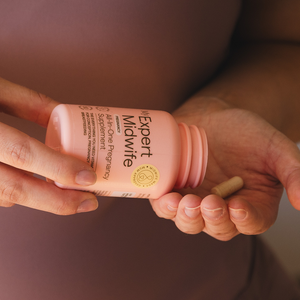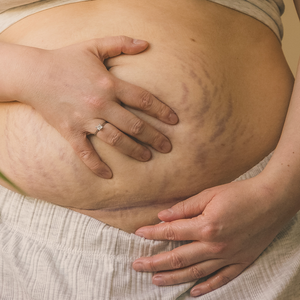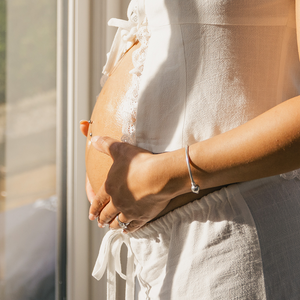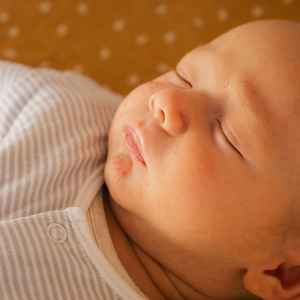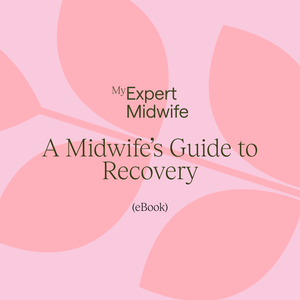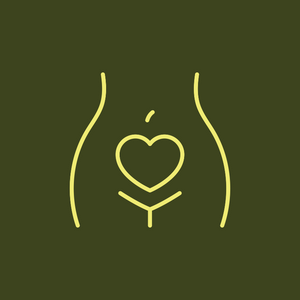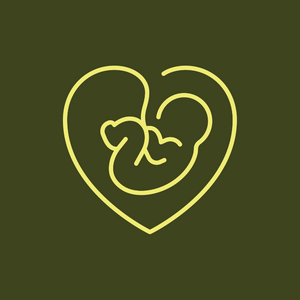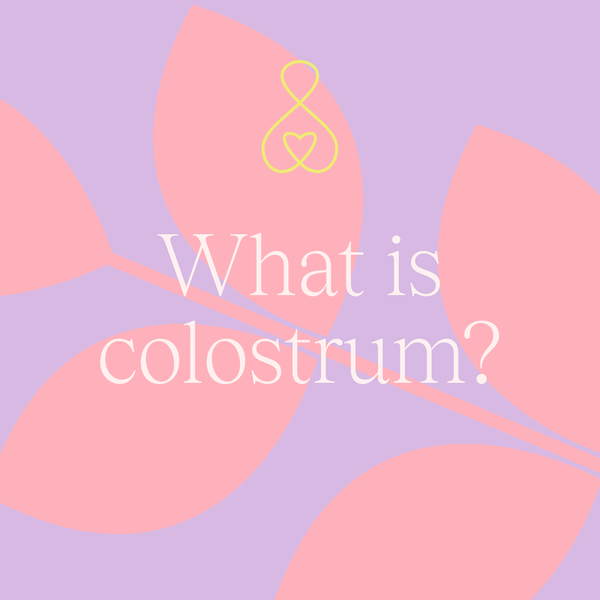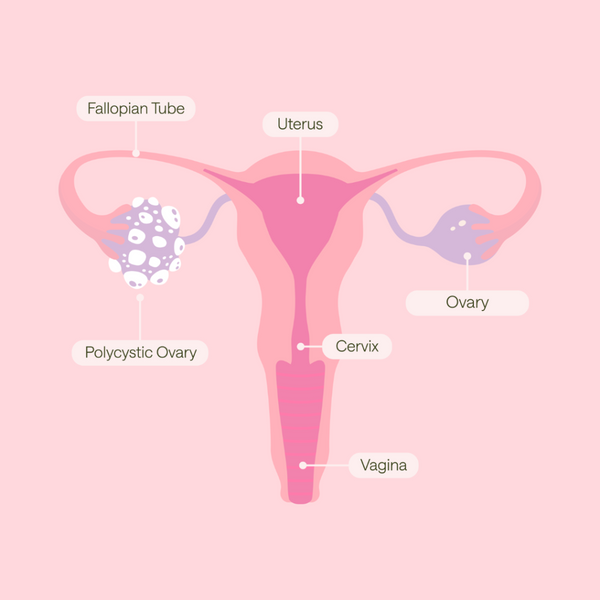Nappy rashes, or diaper rash, are among the most common skin irritations in newborns and young children. Learn more about the symptoms of nappy rash and the best treatments, as recommended by our expert midwives.
How to spot nappy rash in your baby
So, what does nappy rash look like?
When skin has been in contact with urine (wee) or faeces (poo) for any prolonged period, the delicate skin of a baby can break down. This can present as red patches on your baby’s bottom, irritation or, more seriously, as heat, nappy rash blisters, or raw patches. Sometimes the skin may appear shiny or weeping and even bloody.
In addition to visual signs of nappy rash, your baby may be displaying behaviours showing that they are uncomfortable or in pain due to their sore bum, such as crying, being grizzly, unsettled or reluctant to be bathed or have their nappy area cleaned.
Is nappy rash common?
Nappy rash is common. In fact, it is probably the most common skin problem amongst newborn babies, and it is rare to come across parents that have not had to deal with a case of mild nappy rash at least once.
You may have been told that your baby will not, or will be less likely to, be affected by nappy rash if you use a certain type of nappy: a certain brand of disposable or to ditch the disposables and choose reusable cloth nappies. Alas, there is no holy grail of nappy that will prevent nappy rash, or that can claim it has lower rates than others.
The key to dealing with nappy rash is quite simply to:
- Recognise the symptoms.
- React and Respond quickly and accordingly with treatment and/or by seeking advice from a healthcare professional if necessary.
- Resolve the nappy rash symptoms, aim to identify what caused it and prevent it from occurring again.
Leading causes of nappy rash in babies
As already mentioned, nappy rash is primarily caused by exposure to wee and/or poo and, although it is usually prolonged exposure that causes it, sometimes it can happen in a short space of time – for example, if your baby is unwell.
Prolonged exposure to wet and dirty nappies. Wee contains ammonia which can irritate the skin, or even ‘burn’ it, if left in contact with your baby’s skin. Poo contains bacteria which, if not cleaned away, can cause bacterial infections of the skin.
Friction caused by both disposable and cloth/reusable nappies can cause nappy rash.
- Nappies that are too big or too small can rub your baby’s fragile skin and lead to damage, blisters, and infection.
- Ensure you use appropriately sized nappies and that you fasten them properly without leaving any rough bits in contact with their skin.
- Smooth out any wrinkly bits and think about the liner if using reusable/cloth nappies, as this could cause friction.
Allergies or sensitivities in babies often result in skin that is irritable, sore, red and at risk of infection
- Look out for allergies/sensitivities to formula milks and foods, or to products such as baby wipes, soaps, or detergents.
- Take extra care to protect your baby from exposure to what they are sensitive/allergic to.
- Seek advice from your midwife, health visitor or GP if you suspect your baby may be sensitive to certain foods or if you think they’ve had an allergic reaction.
Illness and medication can lead to nappy rash in several ways:
- They can cause upset tummies, diarrhoea and dehydration, which increases acidity of their wee.
- A fever will raise the temperature in an already warm and often moist nappy, leading to increased bacterial and fungal growth, and potentially causing a bacterial or fungal infection.
- Some medications, especially antibiotics, can alter the delicate microbiome of your baby by killing off some of the “good” bacteria and opening the way for an imbalance of “bad” bacteria.
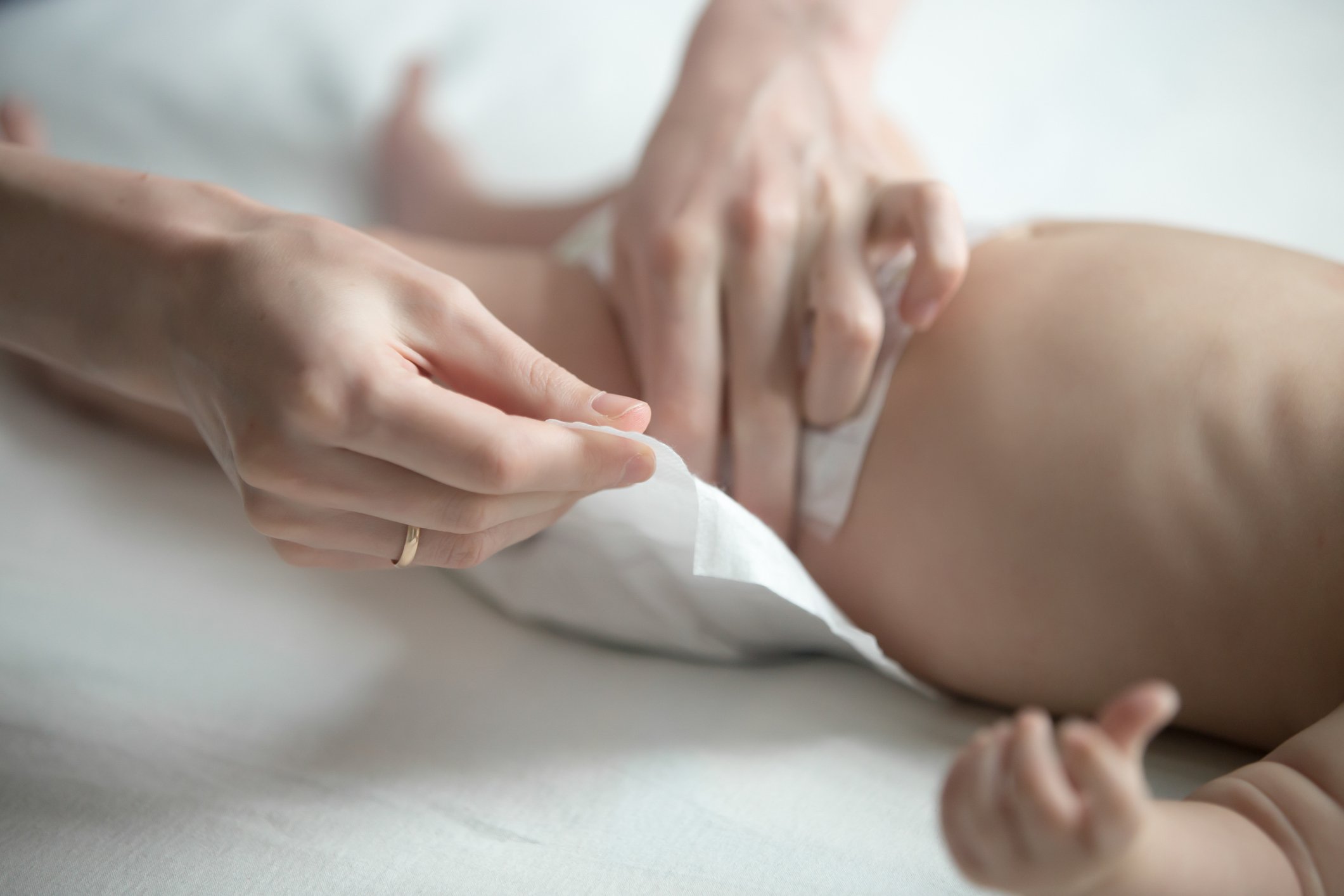
Nappy rash treatments, according to midwives
If your baby is affected by nappy rash, you could try the following treatments:
- Clean your baby’s nappy area thoroughly with cooled boiled water using cotton wool or a very soft cloth, and pat your baby’s skin gently until completely dry. This will help to avoid making any redness, soreness, or irritation worse.
- Nappy-free time following a bath or a nappy change ensures that their delicate skin has plenty of exposure to the air, which helps the area to dry naturally and the affected skin to heal.
- Avoid harsh chemical products which will irritate their delicate skin and potentially make the nappy rash worse. Those chemicals - often found in laundry detergents and many soap bubble baths - will also unbalance their precious microbiome which acts as a barrier to bad bacteria, fungi, and viruses.
- Regular nappy changes keep your baby clean and dry and ensure your baby is not left sitting or lying in their own wee or poo for prolonged periods of time, which is a major cause of nappy rash.
- Apply a thin layer of barrier cream after every nappy change. Our award-winning, paediatrician-approved, No Harm Bum Balm is 99% natural and provides effective relief from nappy rash and helps to prevent skin damage and soreness.
Preventing future cases of nappy rash
As the saying goes, prevention is better than cure, and this is absolutely the case when it comes to nappy rash.
If your baby has already suffered from nappy rash, and particularly if it was a severe nappy rash, you will know how important it is to prevent it from recurring.
Here are some simple steps you can take to prevent future cases of nappy rash:
- Avoid leaving your baby in a wet or dirty nappy to reduce their risk of developing a nappy rash. If your baby’s nappy feels heavy, or if your baby has pooped, then it’s time to change them.
- Use good quality absorbent nappies or liners to wick away the moisture and keep it away from your baby’s skin.
- Avoid using a thick nappy cream or ointment which may prevent your baby’s skin from breathing and which can drag their skin on application. No Harm Bum Balm glides on easily over your baby’s delicate skin and is gentle enough to be applied at every change.
- Leave your baby nappy free as often as you can and have plenty of absorbent towels to hand to mop up those inevitable accidents!
- Bathe or top and tail your baby using just warm water or warm water with a gentle cleansing product such as our Mega Mild Cleansing Wash which is suitable for even the most sensitive of newborn skin.
Identifying nappy rash quickly and acting to remedy it will reduce your baby’s risk of having further occurrences of nappy rash.
Should you call a doctor about nappy rash?
If you are struggling to treat your baby’s nappy rash at home following the tips above, or your baby’s skin is blistered, puss-filled, broken, weeping or bleeding, you should contact your GP for a prescription that will treat the infection. This may include an antibiotic cream or, if your baby has a fungal nappy rash,an antifungal cream. The sooner your baby is treated, the less damage to the skin and the sooner your baby will be happy again.
Key takeaways
So as a quick reminder to prevent or treat nappy rash, think:
- Recognise quick recognition is important.
- React and Respond swiftly to begin treatment.
- Resolve the rash with soothing and calming baby-specific products such as My Expert Midwife’s No Harm Bum Balm to have happy baby and happy parent again.
Head over to our blog page to find out more about Nappy Rash as well as other useful topics around pregnancy, labour, and baby.
